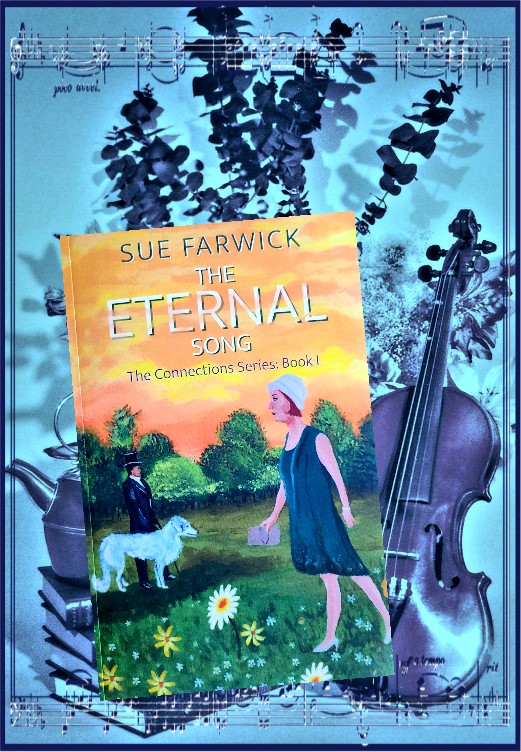This week, Patti has chosen History as the subject for the Lens-Artists Photo Challenge. Coming from a country so rich in history, I deeply regret not taking up photography while I was still living in England. From the majesty of London’s past with its towers, bridges and cathedrals to the Roman ruins of Verulamium in St. Albans and the mysteries of Stonehenge in Wiltshire, I saw all these historic places yet have nothing to show for it, at least no pictures for which I can take credit. A few years after arriving in Chicago my husband bought me my first SLR camera and ever since then I’ve tried to document all the places of interest that we’ve seen, if for no other reason than to look back at the images in the years to come, perhaps with the grandkids and hopefully their families, and say, “This is part of your country’s history.”

An important part of Chicago’s history was the Great Chicago Fire in 1871. It destroyed so much of what had gone before but led to one of the greatest revival stories in American history. The sculpture shown above is part of the southern bridgehouse of Du Sable Bridge or the Michigan Avenue Bridge as it is more commonly known. Entitled ‘Regeneration’ and created by Henry Hering, it shows workers rebuilding Chicago after the Great Fire. Below is the iconic Chicago Water Tower, the only public building to survive the fire.

On a recent trip to Texas we visited another of America’s famous historic sites, The Alamo in San Antonio. I don’t pretend to understand the rights, wrongs or reasons for many of the wars that have been fought, down through the ages but, as in all battles, men died at the Alamo fighting for a cause that they believed in.




South Dakota has its share of historic sites, even prehistoric ones, including the Mammoth Site in Hot Springs and the Indian Village archaeological site in Mitchell. Something a little more recent, Mount Rushmore National Memorial, designed by sculptor Gutzon Borglum, depicts four U.S. Presidents, Washington, Jefferson, Roosevelt and Lincoln representing the birth, growth, development and preservation of the United States.


Speaking of Abraham Lincoln, one of the first places I photographed when I got my Minolta film camera was the Lincoln Home National Historic Site in Springfield, Illinois. Later images captured with a Canon EOS Rebel show the old State Capitol Building and Lincoln’s law offices, both in Springfield.



























































